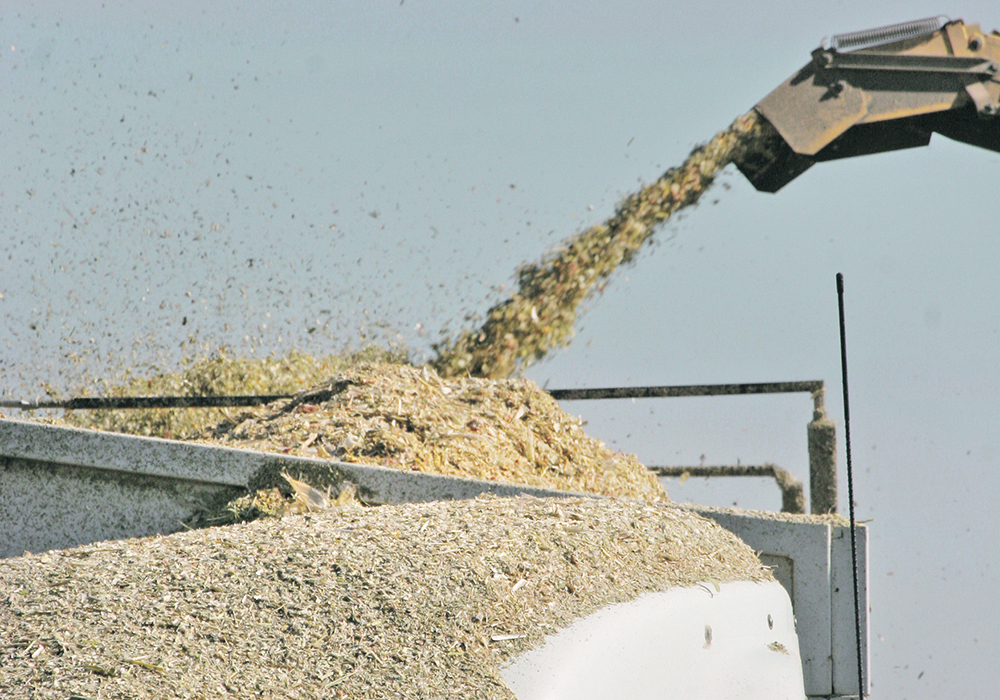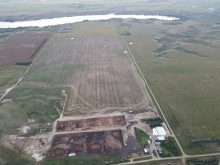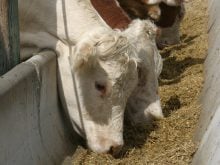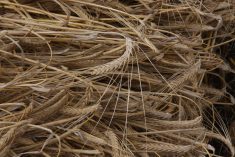Prairie cattle producers are nervous heading into winter as grain harvest continues.
Kyle Hebert, District 1 director for the Saskatchewan Cattlemen’s Association and owner of Hebert Livestock Ventures, does custom silage work in the southeast corner of the province. He’s seen tonnage between three and nine tonnes per acre for barley silage this year.
“We found anywhere from two to nine tonnes an acre. In a 20-mile radius to have a six to seven tonne difference is almost unheard of in our area.”
There’s definitely been some poor pockets in the area, he said, but it depends on who was able to hold on to the moisture. Some hay stands that caught snow from an April storm are doing well, he said.
Read Also
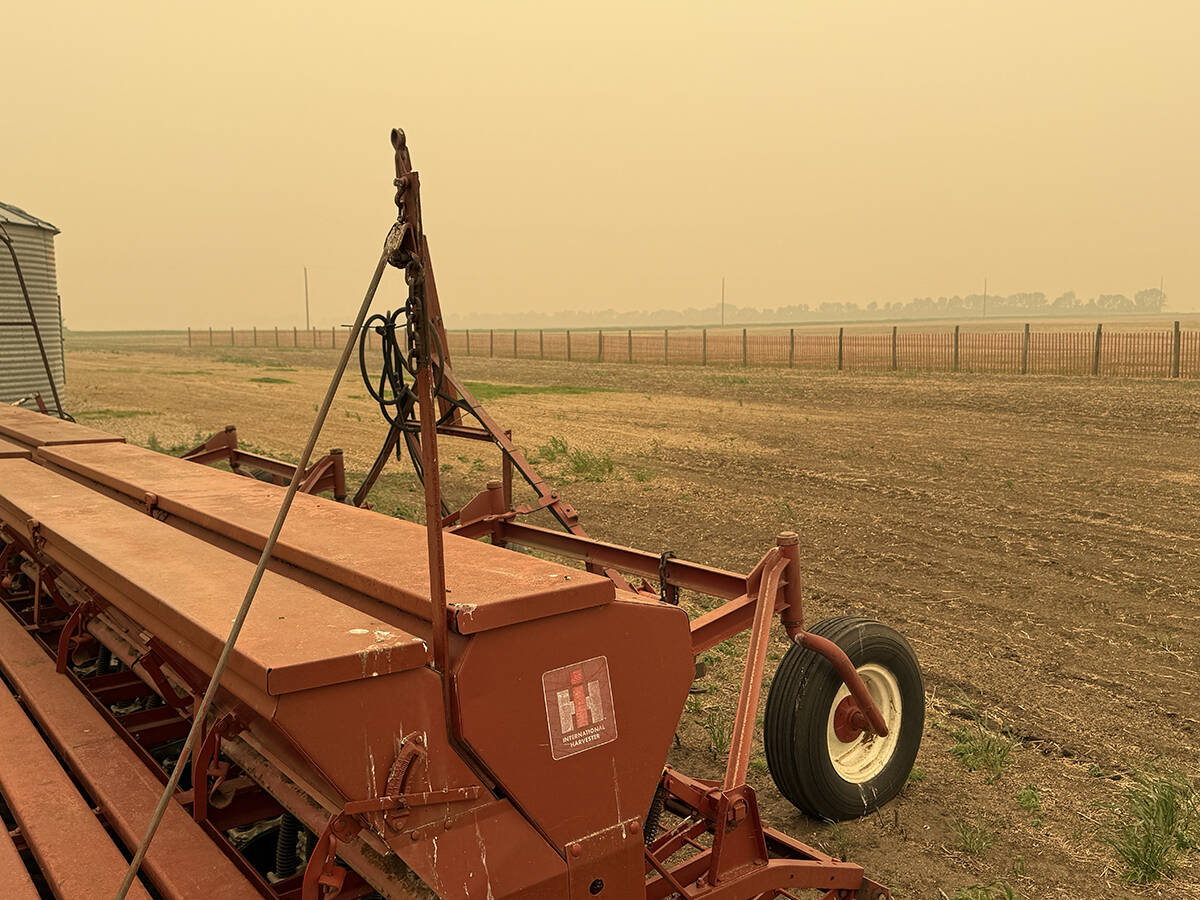
Wildfires have unexpected upside this year
One farmer feels smoke from nearby wildfires shrouded the July skies and protected his crop from the sun’s burning rays, resulting in more seeds per pod and more pods per plant.
Hay yields in general are not what producers expected, he said, but there’s also been enough talk of producers downsizing their herds that feed may not be an issue for the cattle that are left. With local auction marts taking on more sales, Hebert said he doesn’t know where those cattle are going to go.
“There isn’t a lot of areas that are abundant with feed that are willing to take on a lot more numbers to support those cows. There is a few people taking on a few more cows but not in big numbers to support the amounts that are going to town.”
However, there has already been talk about what they’ll need to buy to supplement their feed stores.
Hebert said they are doing well compared to other areas of the province. There is also a lack of straw available for baling, another shortage cattle farmers will have to deal with as the temperature drops.
Fred Lozeman, finance chair for Alberta Beef Producers, is hearing similar things as harvest continues in southern Alberta with pasture and rangeland conditions below average.
Producers haven’t reached a critical point in feed shortages, he said, but they are in a compromising position. Lozeman expects nothing different as harvest progresses and producers are already making tough decisions for grazing plans and herd size, he said.
“They’re taking advantage of the good prices and perhaps they’re in an area that they can take advantage of a tax referral, which is another factor that enters into that decision. Those high costs are bringing some producers into the decision to either reduce their herds or even totally liquidate.”
Being in the western part of southern Alberta, it’s hard to know how widespread the problem is, he said, but he has heard a range of stories from farmers, some doing rather well while others face a poor harvest season.
Prairie farmers are soldiering on as harvest continues with harvest completion in all three prairie provinces exceeding the five-year average.
In Alberta, 44 percent of all major crops had been harvested as of Sept. 12, a 14 percent increase over last week and a six and a half percent increase over the five-year average.
Harvest in the south region is 80 percent done followed by the Peace and central regions sitting at 41 and 44 percent complete. Northwest and northeast regions are about one-quarter done.
Saskatchewan producers have 68 percent of their crops harvested, an increase of 17 percent over last week and 16 percent over the five-year average.
Farmers in the southwestern region are leading the pack and are nearly finished with 93 percent of crops harvested. The west-central region is over three-quarters done while east-central and northeast regions are more than halfway done.
The northwest Saskatchewan region is sitting at 39 percent complete.
Manitoba is also ahead, with 51 percent of harvest completed as of Sept. 12. That is nine percent increase over the five-year provincial average.
Winter wheats, fall ryes, peas and lentils are nearing completion on the Prairies with 90 percent or more finished.
Soil conditions are steady from last week’s numbers with no significant rain events in Saskatchewan or Alberta. Manitoba producers in the eastern region saw nearly 40 millimetres of rain, however soil conditions remain unchanged from last week.
Information for this article is taken from weekly crop reports put out by provincial governments. This week’s information is based on crop statistics as of Sept. 4-5, depending on the provincial recording time frame.

